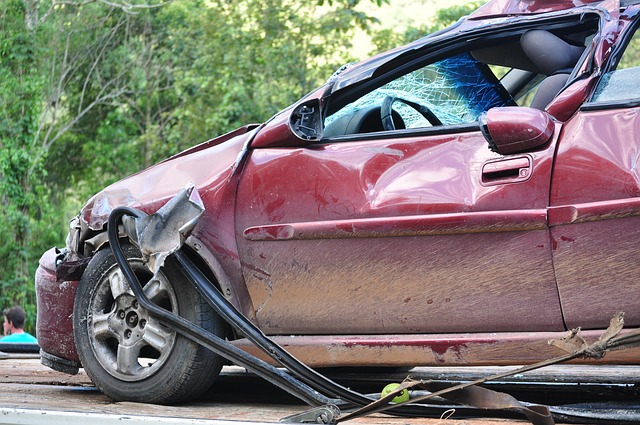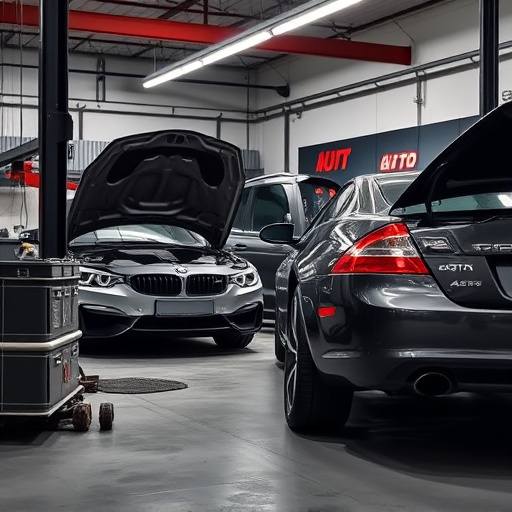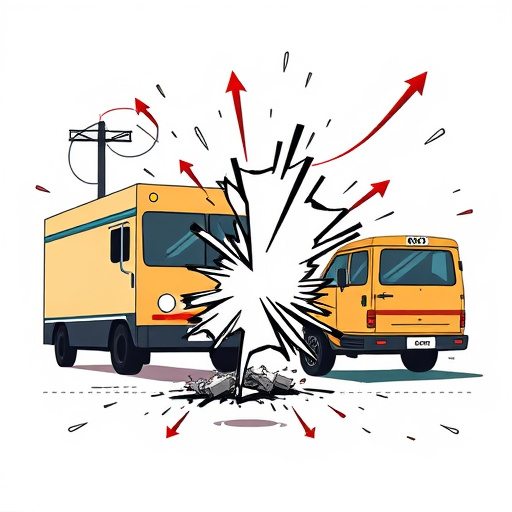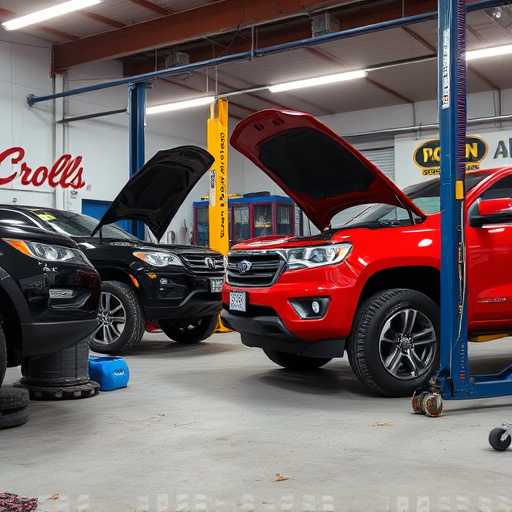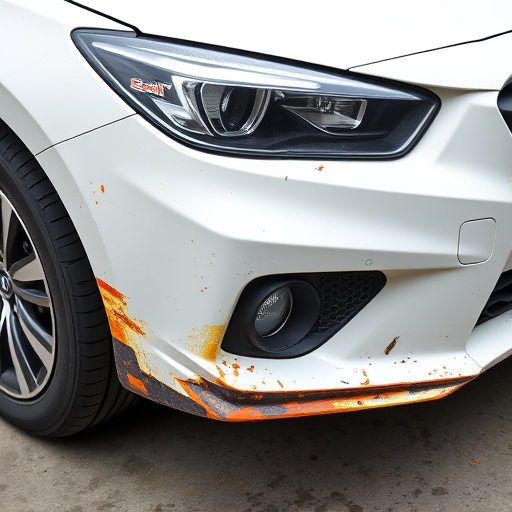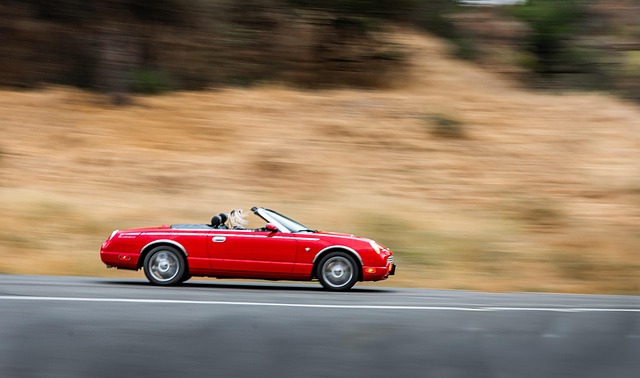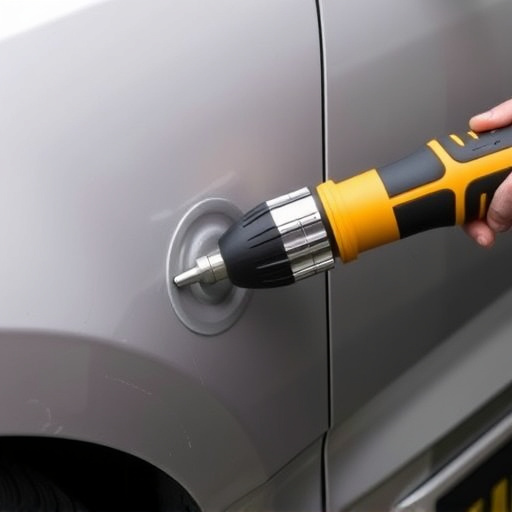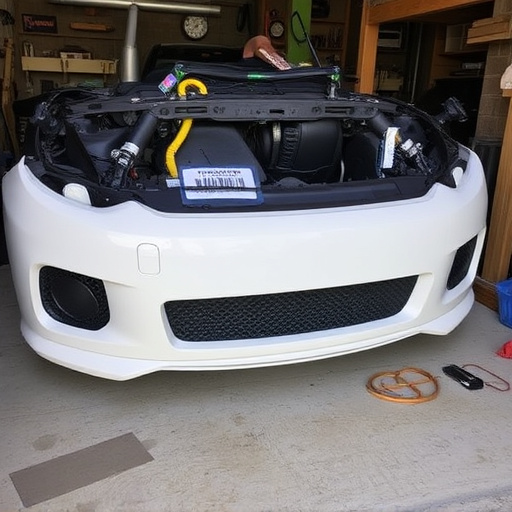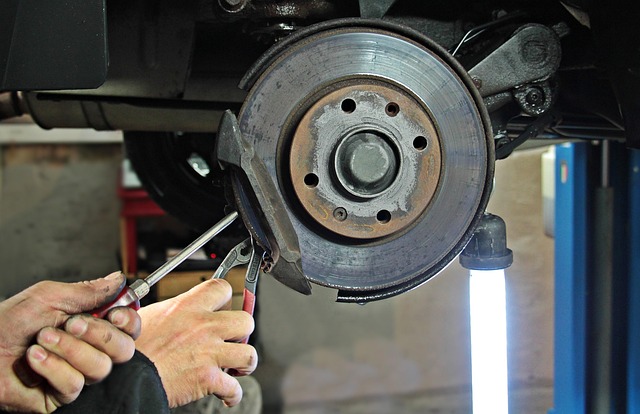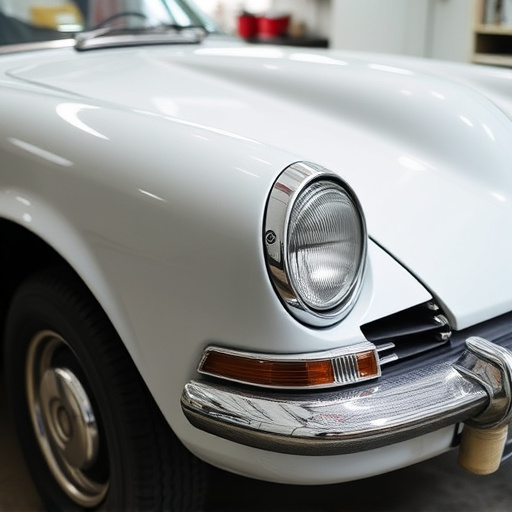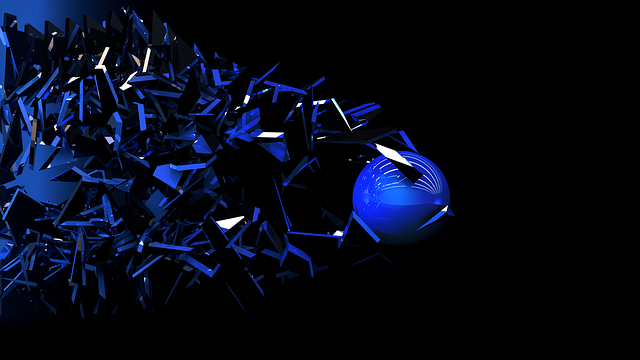Tesla fog light replacements are needed due to sensor calibration issues from minor impacts or extreme conditions, affecting visibility. Common problems include failure to turn on in low-visibility, dimming, or flickering caused by faulty bulbs, wires, or control modules. Regular maintenance and professional repairs ensure optimal performance and safety. This guide provides a systematic approach for replacement using proper tools, including paintless dent repair techniques for a professional finish.
Looking to replace your Tesla fog lights? You’re not alone. Many Tesla owners encounter issues with bumper sensor calibration, which can lead to malfunctioning fog lights. This comprehensive guide delves into the problem, offering insights on understanding sensor calibration challenges and identifying fog light malfunctions. We provide a detailed, step-by-step process for a successful Tesla fog light replacement, ensuring your vehicle’s safety and functionality are optimized.
- Understanding Tesla Bumper Sensor Calibration Issues
- Identifying Fog Light Malfunction After Calibration
- Step-by-Step Guide to Tesla Fog Light Replacement
Understanding Tesla Bumper Sensor Calibration Issues
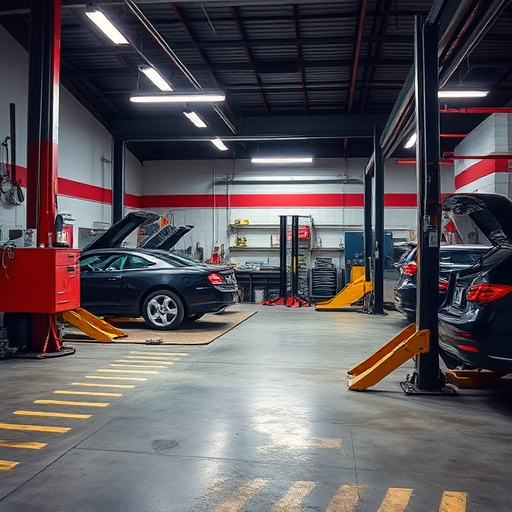
Tesla vehicles are renowned for their advanced technology, but like any sophisticated system, the bumper sensor calibration can experience issues over time. This calibration is responsible for ensuring the fog lights activate at the right moment, providing optimal visibility during poor weather conditions. Discrepancies in this process can lead to either premature or delayed activation of your Tesla’s fog lights.
Several factors contribute to such problems, including minor impacts, unexpected obstacles, and even extreme temperature changes. If you notice your fog lights aren’t functioning as expected, it might be time for a Tesla fog light replacement. Professional car bodywork services often offer calibration adjustments alongside repairs or replacements, ensuring your vehicle’s safety features operate seamlessly after any automotive collision repair or modification.
Identifying Fog Light Malfunction After Calibration
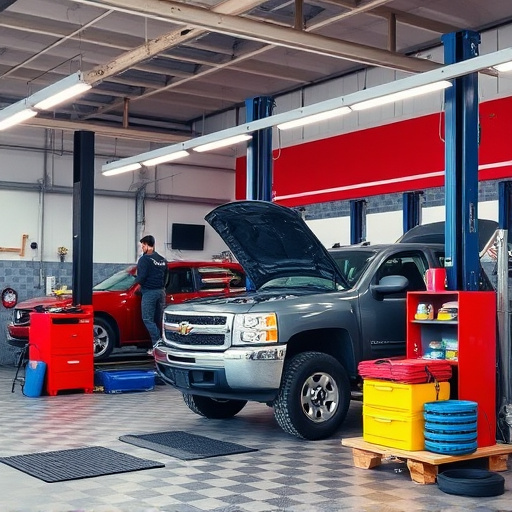
After calibrating your Tesla bumper sensor, if your fog lights are not functioning as they should, it’s crucial to identify the malfunction promptly. One common issue is that the fog lights may not be turning on when needed, leading to reduced visibility during low-visibility conditions. This problem could be due to a faulty fog light bulb, a disconnected or damaged wire, or an issue with the control module.
If you notice that your Tesla’s fog lights are dim or flickering inconsistently, or if they’re not illuminating at all, it’s time to consider a replacement. A car repair shop specializing in Tesla vehicles can help diagnose and fix any issues related to fog light malfunction, ensuring your safety on the road. Remember, proper vehicle maintenance, including regular checks of lighting components like fog lights, is essential to prevent potential car damage repair and keep you and other drivers safe during adverse weather conditions.
Step-by-Step Guide to Tesla Fog Light Replacement
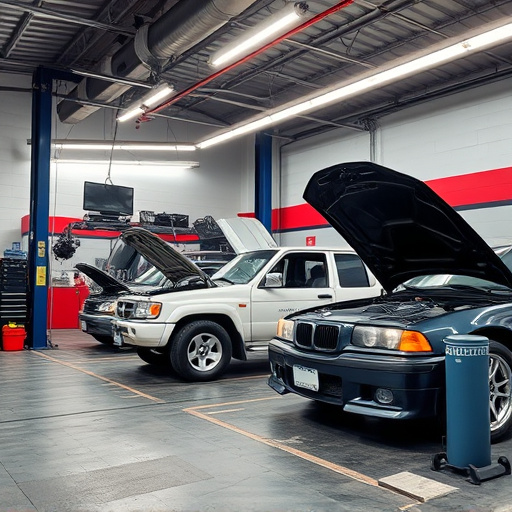
Replacing Tesla fog lights is a relatively straightforward process that can be accomplished with the right tools and a step-by-step approach. First, locate the fog light assembly, typically found on either side of the front bumper. This involves removing any cover or trim to access the bulb housing. Once accessed, you’ll need to disconnect the fog light from its electrical connections, usually done by unscrewing or unplugging the harness.
Next, carefully remove the old fog light bulb and replace it with a new one, ensuring proper alignment. Reattach the electrical connections and test the lights to ensure they function correctly. If you’re experienced with vehicle bodywork and want to ensure a seamless fit, consider using paintless dent repair techniques to re-create the original contour around the fog light opening. This meticulous process can be time-consuming but guarantees a professional finish, much like when conducting an auto glass replacement, ensuring your Tesla retains its sleek and modern appearance.
Replacing a Tesla fog light after bumper sensor calibration is a straightforward process that can significantly enhance your vehicle’s safety, especially during low-visibility conditions. By understanding the common issues with bumper sensor calibration and following a simple step-by-step guide, you can ensure your Tesla’s fog lights function optimally. Remember, prompt action on any malfunctioning components is key to maintaining your electric vehicle’s performance and safety features. For those seeking a DIY solution, this article provides all the necessary information for a successful Tesla fog light replacement.
